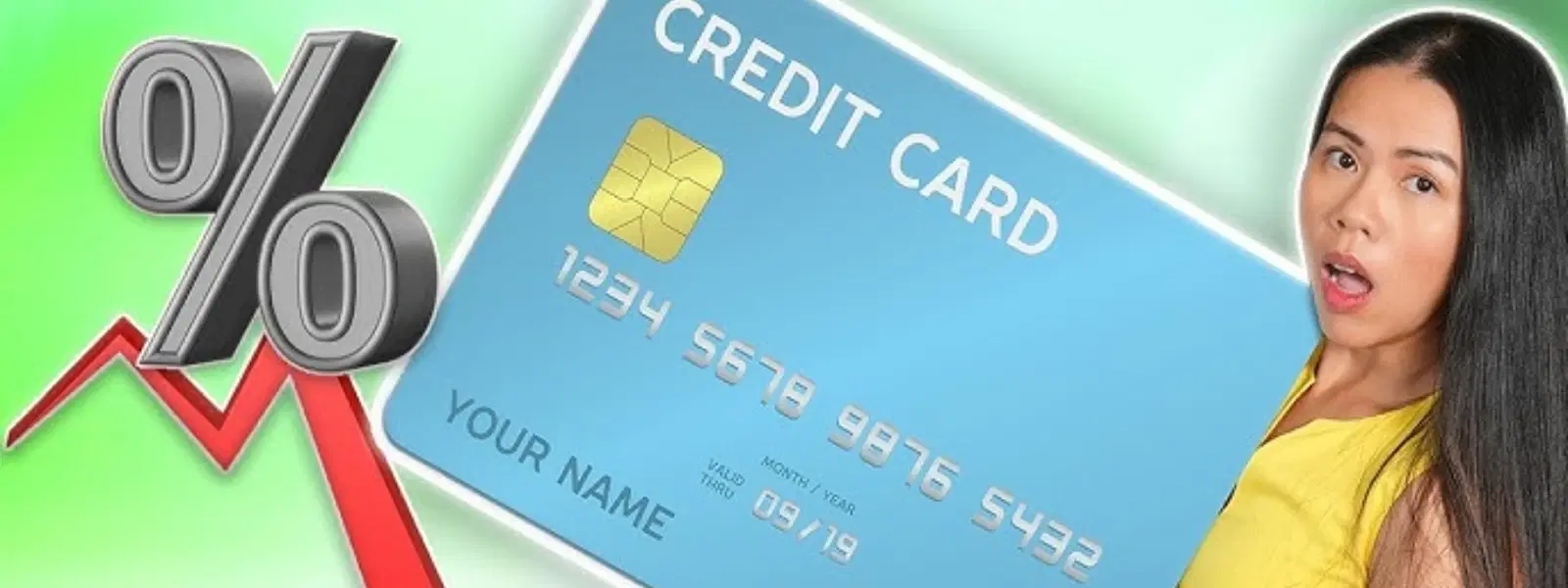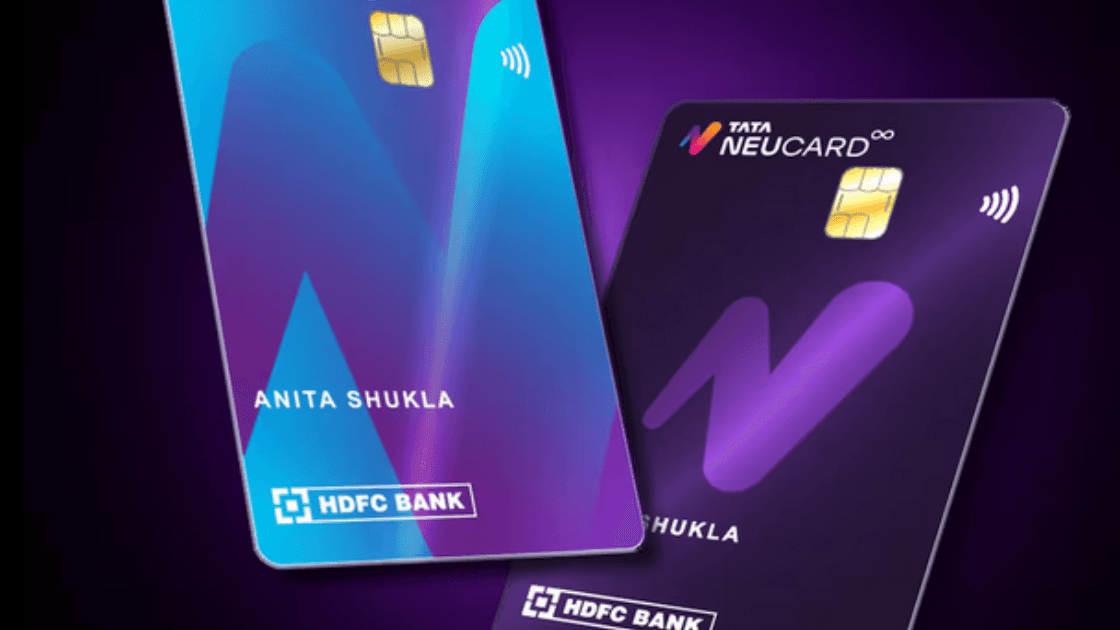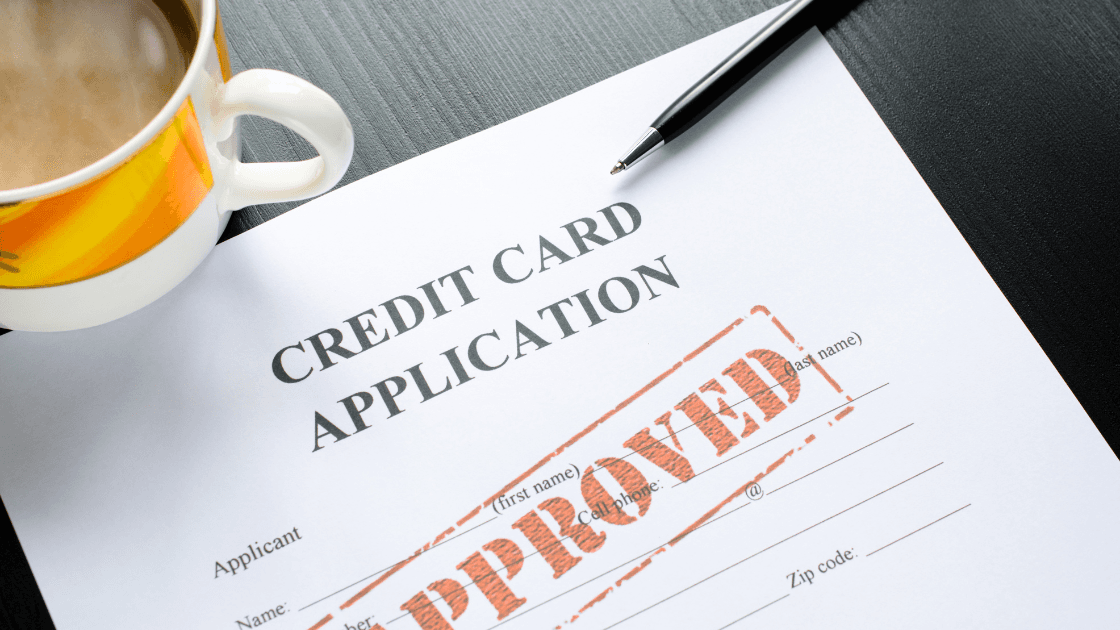
Cards
•05 min read

Ever wondered why your credit card balance seems to grow faster than expected, even when you’re paying it off regularly? The secret often lies in understanding how credit card interest works. Getting a clear grasp of the basics can truly transform the way you manage your finances. In this guide on how to understand interest rate calculations on credit cards, you will learn the key concepts behind credit card interest, how it is calculated, and effective strategies to keep it in check. Learn how mastering credit card interest can help you maximize rewards with the Tata Neu HDFC Bank Credit Card.
Credit card interest is the cost you incur when you borrow money from your card issuer. This cost is expressed as an annual percentage rate (APR). When you do not pay off your balance within the interest‐free period, interest is applied to the remaining amount. It is important to understand that while APR tells you the yearly cost without compounding, another term called APY (Annual Percentage Yield) takes the effect of compound interest into account. According to RBI guidelines, credit card issuers must clearly outline interest calculation methods in cardholder agreements.
There are various types of interest rates when it comes to credit cards. Some cards feature fixed rates that stay constant over time, while others come with variable rates that can change according to benchmark rates. Additionally, you may come across nominal rates that simply state the cost without considering the effect of compound interest, and effective rates which reflect the true cost after factoring in compounding.
There are two main ways to calculate interest. The simplest method is the simple interest formula, where interest is determined by multiplying the principal balance by the interest rate and the time period. However, credit card interest often works on a compound basis where the interest accumulated in one period is added to the principal, leading to interest on interest in subsequent periods. For instance, if you only pay the minimum amount, the interest that gets added to your balance will keep growing, which can increase your total debt over time. For example, if your outstanding balance is ₹10,000 and you only pay ₹500 monthly, the compounding interest can significantly increase your repayment amount.
Your credit score plays a significant role in the interest rate offered on your credit card. Generally, a higher credit score may result in lower rates. Economic conditions, such as changes in central bank policies and inflation, also affect these rates. Additionally, the type of credit card you hold can have an influence, as cards offering premium benefits sometimes come with higher interest charges.
Credit card issuers determine interest rates by assessing various factors including risk and profitability. They also lean on benchmark rates, like the prime rate, to help set their own rates. This internal process is clearly outlined in the cardholder agreement to ensure transparency about how different transactions, whether it is for purchases or cash advances, are charged.
Interest rates directly impact your monthly payments and the total amount you owe. A clear understanding of these rates helps you make informed decisions when it comes to spending and repayment. When you know how interest is accumulated, it becomes easier to plan your payments and avoid unnecessary charges in the long run.

Paying more than the minimum required helps to reduce the principal balance faster. This, in turn, minimizes the amount on which interest is calculated. The faster you reduce your outstanding balance, the lower your interest costs will be.
Transferring your balance to a card with a lower interest rate is a practical way to save on interest charges. It is important to remember that balance transfers may come with fees and are typically tied to promotional periods. Always review the terms and conditions before proceeding.
If you have a good credit score, you might have room to negotiate with your issuer for a better rate. A simple call to discuss your financial standing can sometimes result in a lower interest charge, which can add up to significant savings over time.
Many credit cards offer an interest-free period between the statement date and the payment due date. Paying your entire balance within this timeframe means you can completely avoid interest charges. This approach requires careful budgeting to ensure that you can clear your dues each month.
Cash advances should be used sparingly, as they typically come with higher interest rates and begin accruing interest immediately without any grace period. Avoiding cash advances is a proven strategy to keep your interest payments in check.
APR, or Annual Percentage Rate, represents the interest charged on your balance without accounting for the effects of compounding. On the other hand, APY, which stands for Annual Percentage Yield, factors in the compounded interest. Since compounding adds extra cost over time, APY is generally higher than APR. Understanding both concepts is key to comparing your potential cost accurately.
Compounding can significantly affect your balance if you are not paying off your dues in full. When interest is compounded, it means that interest is not only charged on your initial balance, but also on the interest accumulated previously. This effect can lead to a larger total repayment if actions to reduce the principal are not taken early.
-ed507771-df04-4fb3-9af5-bae11cb611a6.png&w=3840&q=75)
An online interest rate calculator can be a useful tool to estimate the cost of borrowing. By entering details like your current balance, the APR, and the period, you can get a clear idea of how much interest you will incur. This calculation helps in making informed financial decisions.
Consider these two scenarios to understand the practical impact of managing your credit card interest: One example involves paying only the minimum payment, which leads to a larger overall balance due to compound interest. In another scenario, paying off the full balance during the interest-free period ensures you avoid interest altogether, ultimately saving money. For instance, using the Tata Neu HDFC Bank Credit Card to pay off ₹50,000 within the interest-free period can help you save significantly while earning NeuCoins for rewards.
APR is the annual interest rate without compounding, while APY includes the effects of compounding.
You can use the simple interest formula: Principal × Rate × Time, or rely on an online interest rate calculator for compound interest.
Rates vary due to factors such as your credit score, economic conditions, and the specific terms of your cardholder agreement.
Yes, if you have a strong credit history, it is possible to negotiate a lower rate with your issuer.
Paying only the minimum prolongs the repayment period and increases your total interest costs due to compounding.
Understanding how credit card interest works is critical to managing your finances effectively. When you are aware of how interest is calculated and the factors that influence it, you can take proactive steps such as paying more than the minimum, using interest-free periods wisely, and even negotiating rates. With these strategies, you not only reduce your repayment times but also save money in the long run. Mastering credit card interest is about taking charge of your financial future and making decisions that foster long-term financial well-being. This article is for informational purposes only and does not constitute financial advice. Please consult a financial advisor before making any decisions.